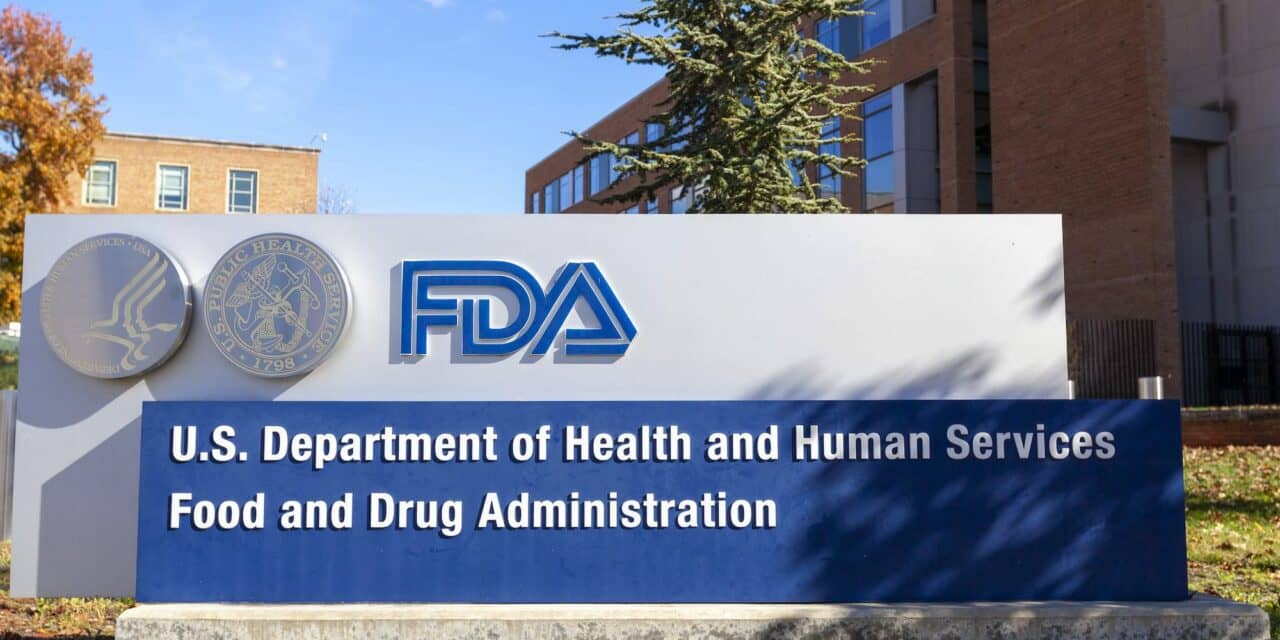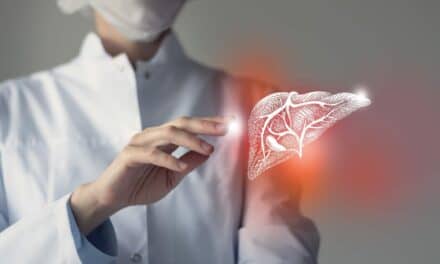The U.S. Food and Drug Administration has granted a Breakthrough Device Designation for the Enhanced Liver Fibrosis (ELF) Test1 from Siemens Healthineers, aiming to aid physicians who currently rely on biopsies for identifying advanced fibrosis in patients with non-alcoholic fatty liver disease (NAFLD).
No blood test is currently cleared or approved in the United States for diagnostic use in patients with NAFLD. Biopsy, the current standard, deters patients from seeking early medical care. Earlier intervention can help prevent non-alcoholic steatohepatitis (NASH), a type of NAFLD caused by advancing fibrosis, which can lead to cirrhosis and/or liver cancer. Breakthrough Device Designation for diagnostic use signifies that the ELF Test has the potential to address an unmet medical need.
Since the ELF Test’s initial expansion to clinical practice in the U.S. in 2021, clinicians and patients have benefitted from a simple, noninvasive blood test that is convenient, objective, reproducible, accurate, and easily accessible, according to Siemens.
The ELF Test
The ELF Test is the first and only blood test granted FDA marketing authorization for prognostication of disease progression in patients with advanced fibrosis due to NASH.
Prognostic risk assessments using the ELF Test help identify patients who could benefit from additional examinations, whether from increased monitoring, or potential lifestyle changes and treatment interventions. The ELF Test directly measures liver fibrosis and is comprised of three direct biomarkers: hyaluronic acid (HA), procollagen III amino-terminal peptide (PIIINP), and tissue inhibitor of metalloproteinase 1 (TIMP-1) in a proprietary algorithm.
“The ability to use simple non-invasive tools to evaluate fibrosis severity in those with chronic liver disease will be extremely valuable and we are very encouraged that the ELF Test has received Breakthrough Device Designation for this purpose,” says Arun J. Sanyal, MD, director of Stravitz-Sanyal Institute for Liver Disease and Metabolic Health at Virginia Commonwealth University. “If granted marketing authorization, it will have a big impact on how we evaluate patients with liver disease.”
The new Breakthrough Device Designation underscores the potential expanded utility of the ELF Test—in conjunction with other laboratory findings and clinical assessments in patients with NAFLD—to aid in the identification of advanced fibrosis (≥F3) and cirrhosis (F4).
Clinicians widely recognize the ELF Test’s clinical value. Clinical practice guidelines authored by four medical associations in the U.S., including the American Diabetes Association, the American Association of Clinical Endocrinology, the American Gastroenterological Association, and the American Association for the Study of Liver Diseases, now recommended its use.2-5
“Advanced liver damage due to NASH often goes unrecognized until after liver decompensation, at which point, few interventions are available other than transplant,” says Chuck Cooper, chief medical officer of Siemens Healthineers Diagnostics. “Earlier identification creates an opportunity for intervention. In some cases, this may halt or even reverse disease progression. The limited tools available to aid in diagnosis remain the roadblock to earlier patient care. A simple blood test that can help identify high-risk individuals before disease is clinically evident has the potential for detecting the disease earlier, and subsequent treatment cost savings.”
The FDA’s Breakthrough Devices program facilitates the development and expedites the review of breakthrough technologies to help patients gain timely access to solutions that potentially provide more effective treatment or diagnosis for life-threatening diseases for which no approved treatment exists.
More information about the ELF Test is available here.
References:
1. Claim for diagnosis is in development for the U.S. Future availability cannot be guaranteed.
2. ElSayed NA, Aleppo G, Aroda VR, et al., American Diabetes Association. 4. Comprehensive Medical Evaluation and Assessment of Comorbidities: Standards of Care in Diabetes – 2023. Diabetes Care 2023;46(Suppl. 1): S49-S67.2 https://doi.org/10.1016/j.eprac.2022.03.010
3. American Association of Clinical Endocrinology Clinical Practice Guideline for the Diagnosis and Management of Nonalcoholic Fatty Liver Disease in Primary Care and Endocrinology Clinical Settings https://doi.org/10.1016/j.eprac.2022.03.010
4. AGA Clinical Practice Update: Diagnosis and Management of Nonalcoholic Fatty Liver Disease in Lean Individuals: Expert Review https://doi.org/10.1053/j.gastro.2022.06.023
5. Rinella ME, Neuschwander-Tetri BA, Siddiqui MS, et al. AASLD Practice Guidance on the clinical assessment and management of nonalcoholic fatty liver disease. Hepatology. 2023;77(5):1797-1835.





